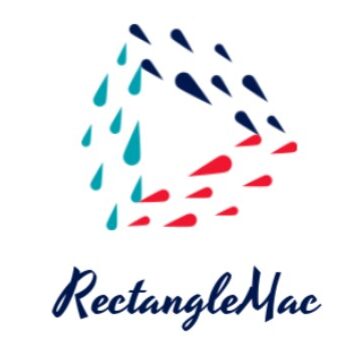Virtualization has revolutionized the IT landscape, offering unparalleled flexibility, efficiency, and cost savings. However, with great advantages come significant security risks. For organizations that rely on virtual environments, ensuring robust security is paramount. Here, we explore essential security best practices for virtualization to help you fortify your virtual landscape.
Understanding Virtualization Security
Virtualization security encompasses the measures and strategies implemented to protect a virtualized environment, including virtual machines (VMs), hypervisors, virtual networks, and storage. Given that virtual environments often host critical applications and sensitive data, security breaches in these environments can have serious consequences.
Risks and Challenges in Virtualized Environments
Virtualized environments face unique security risks and challenges compared to traditional physical infrastructures. Understanding these risks is crucial for developing effective security strategies. Some common threats include:
- Hypervisor attacks
- VM escape
- Insider threats
- Data breaches
- Malicious VM activities
| Threat | Description | Example |
|---|---|---|
| Hypervisor Attacks | Attacks targeting the hypervisor, which can result in complete control over all VMs on the host. | Malicious code exploiting hypervisor vulnerabilities |
| VM Escape | Malicious code that escapes the VM and executes on the host OS. | A compromised VM exploiting shared resources |
| Insider Threats | Employees or contractors abusing access privileges to cause harm. | Unauthorized data access or manipulation |
| Data Breaches | Unauthorized access to sensitive data stored in a virtualized environment. | Exfiltration of confidential information |
| Malicious VM Activities | Compromised VMs being used for malicious purposes. | Launching DDoS attacks from a virtual environment |
Security Best Practices for Virtualization
To mitigate these risks and secure your virtual environment, consider implementing the following best practices:
1. Regularly Update and Patch Systems
Keeping all software up-to-date, including the hypervisor, guest OS, and management tools, is crucial. Patch vulnerabilities promptly to prevent exploitation.
2. Implement Strong Access Controls
Use role-based access control (RBAC) to limit access based on user roles. Enforce strict authentication protocols, such as multi-factor authentication (MFA).
3. Segregate Networks and Resources
Physically or logically segregate your virtual networks to minimize lateral movement opportunities for attackers. Use VLANs, firewalls, and micro-segmentation to enhance network security.
4. Monitor and Log Activities
Implement comprehensive logging and monitoring tools to track activities within your virtual environment. Regularly review logs for suspicious behavior.
5. Encrypt Data
Use strong encryption for data at rest, in transit, and in use. Protect sensitive information from unauthorized access and meet compliance requirements.
6. Conduct Regular Security Audits
Perform regular security assessments and penetration testing to identify and address vulnerabilities. Use these audits to update and improve security policies.
7. Harden the Hypervisor
Secure your hypervisor by disabling unnecessary services and features. Apply security configurations to minimize the attack surface.
8. Isolate and Protect VMs
Enforce strict resource allocation policies to prevent resource contention among VMs. Use secure boot and VM isolation techniques to protect from VM to VM attack vectors.
9. Train and Educate Staff
Provide ongoing security training to staff, emphasizing the importance of security hygiene and best practices for handling virtual environments.
10. Implement Disaster Recovery Plans
Establish and regularly test disaster recovery plans to ensure quick and efficient recovery from security incidents.
Conclusion
Securing virtualized environments requires a multi-faceted approach that addresses both technical and human factors. By adopting these best practices, organizations can significantly mitigate risks and enhance the security of their virtual environments. As virtualization technology continues to evolve, staying updated with the latest security trends and threats will remain crucial for protecting your digital assets.
